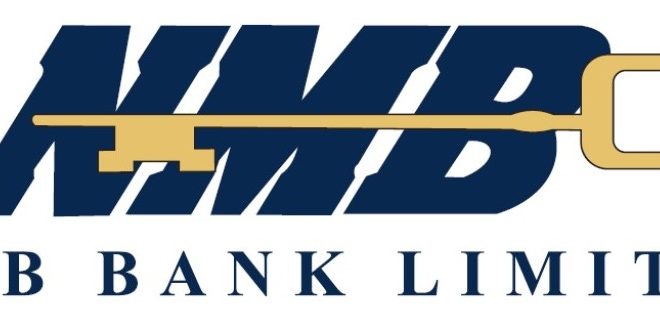Govt assures financing option for every farmer
FARMERS should take advantage of one of the many agriculture financing methods made available to them by the Government to drive production and productivity on their farms, a senior Government official has said.
Lands, Agriculture, Fisheries, Water and Rural Development permanent secretary, Professor Obert Jiri dissected the various forms of agriculture financing local farmers can use to maximize production on their farms.
The provision of various agriculture financing initiatives by the Government demonstrates its determination to improve the country’s food security.
In terms of the National Development Strategy (NDS1), the Government facilitates access to affordable agricultural financing through various strategies, among them private-public partnerships and contract farming.
Adequate funding enables farmers to access essential resources such as seeds, fertilisers, pesticides, and machinery; thus encouraging higher productivity and profitability.
He said there are four forms of financing models farmers can choose from and these encompass private sector financing, joint ventures, the National Enhanced Productivity Support Scheme (NEAPS), and the Presidential Inputs Scheme.
The Government has also extended limitless funding support, through the State-owned AFC Holdings, where farmers are able to secure different kinds of support including procurement of farm equipment like tractors, centre pivots and agricultural insurance.
Under the Presidential Inputs Scheme category, especially the Pfumvudza/Intwasa programme, the Government provides farmers.
The other form of private sector financing is constituted by huge contractors that have come together to form the Food Crops Contractors Association (FCCA).
In terms of the private-sector financing alternative, the private sector is encouraged to finance at least 40 percent of its requirements using local farmers.
Under the National Enhanced Productivity Support Scheme (NEAPS), funding is accessed directly from banks while the Government provides guarantees to cover the risk of default.
“If there is a farmer who does not fall in any of these categories then they are not in Zimbabwe, all farmers who want to produce can make use of those facilities so that we are productive all around. Through those four programmes we have arranged our production and we know that we will not fail.
“We have tried by all means possible to segregate our production so that we cater for every farmer, our programming is such that we link every programme to a financier, we know that the first group is those farmers that can finance themselves, these are critical they don’t want any resources from our side,” said Professor Jiri.
He acknowledged that the FCCA and NEAPS were two major financing models.
“Under NEAPS we have three banks, AFC, CBZ and NMB, we these banks we agree on targets, on what they can provide so we know prior to a season.
“We also do the same with FCCA. We sit and discuss, how much they can produce, and how much they can finance. They are genuine people whom we deal with, they act as financiers and provide a great deal of support for the farmers that they contract.”
National blueprint, NDS 1 seeks to grow food self-sufficiency and reduce food insecurity from the 2020 peak of 59 percent to less than 10 percent by 2025. In an interview, Zimbabwe Commercial Farmers Union (ZCFU) president Dr Shadreck Makombe said the funding mechanisms had been useful to farmers but wanted the position where farmers are empowered to have individual loans.
“In terms of funding, this is not the best of what we want, we would have wanted farmers to walk into any financial house, negotiate, and get the money, but you would find there is still a need for collateral security, which the farmer is not empowered with at the moment.”
“We welcome these funding mechanisms but we are still lobbying that farmers are not shortchanged from these available options, especially contract farming,” said Dr Makombe.
herald










